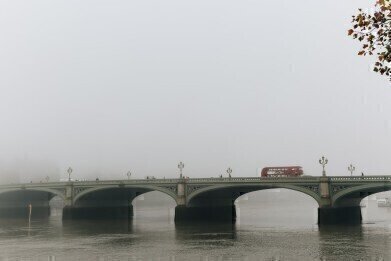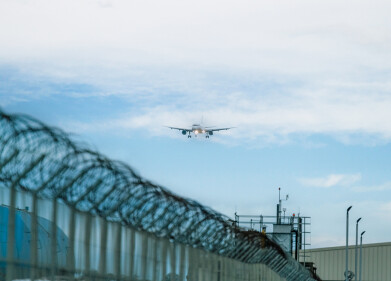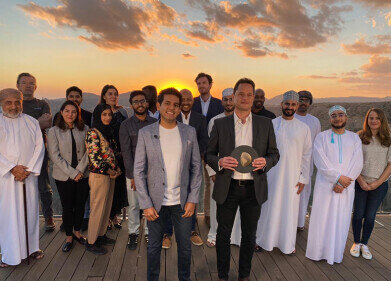Air Clean Up
Introducing the First Ever Anti-Pollution Bridge
Apr 28 2015
In a major step forward for 'green technology', a bridge spanning a major road in Barcelona is to be coated in concrete that will absorb pollution, keeping the bridge clean – and even improving the quality of air around it.
The Sarajevo Bridge passes over Avinguda Meridiana, one of the northern approaches to Barcelona and the substance to be used is 'photocatalytic concrete', which will utilise a titanium dioxide catalyst to break down surface pollution that has attached itself to the surface. This process - photocatalysis – uses energy from the sun to absorb nitrogen oxides, neutralising pollutants and converting them to harmless substances to be washed away by the rain (thereby even reducing the need for washing with harmful chemicals).
Improving air quality
As well as being self-cleaning, the active ingredient in the concrete will 'capture' harmful airborne particles, improving the quality of the air around the bridge. The same technology is to be used for the Palazzo Italia, a six-story building being constructed for Milan Expo 2015, which will feature an intricate lattice 'skin' designed to be reminiscent of a petrified forest. It will be one of the few purpose-built structures to remain after Expo 2015 is over.
Creating light after dark
The Sarajevo Bridge project is the work of urban architecture firm BCQ and the benefits don't stop at neutralising pollution. Solar panels will be installed, effectively making the bridge self-sufficient and enabling it to generate energy for photo-luminescent elements, known as glow stones. Non-radioactive and non-toxic, the glow stones will absorb solar energy during the day and slowly release it after dark, providing a source of ambient light. To complement the technology, vegetation and pergolas will create a new, shaded space for people to enjoy, BCQ said.
Other benefits
Using the same photo-luminescent technology, a 'Smart Highway' has been created in Oss, in the Netherlands, with painted lines marking the edge of the roads at night, making them safer and saving money and energy. To find out more about how solar powered roads can work for our environment, read our article: Will We Ever Drive on Solar Powered Roads?.
The technology can be applied to either white or grey concrete and has also been used on the Air France headquarters at Roissy-Charles de Gaulle International Airport near Paris, where the white concrete building has very notably remained white, despite the highly polluted location. The potential for cleaner air, as well as cleaner buildings and other structures could make this a particularly exciting development for our environment.
If you’re interested in finding more out about solar energy, read our article: How Do Solar Farms Work?
Events
Nov 26 2024 Paris, France
Nov 27 2024 Istanbul, Turkey
H2O Accadueo International Water Exhibition
Nov 27 2024 Bari, Italy
Biogas Convention & Trade Fair 2024
Nov 27 2024 Hanover, Germany
Dec 11 2024 Shanghai, China









-as-feedstock.jpg)




